This article was co-authored by Dee Dine. Dee Dine is a Nutrition and Vegan Food Specialist and the founder of Green Smoothie Gourmet, a blog dedicated to healthy, plant-based vegan, limited ingredient recipes. Dee holds a BS in Biology/Biochemistry with an emphasis in Immunology. Dee has written two books full of healthy plant-based recipes, including chocolate desserts, snacks, juices and, wellness shots. They are: "Crazy Healthy with 4 Ingredients: Dessert, Breakfast & Snack Vegan Recipes" and "4-Ingredient Smoothies and Juices: 100 Easy Nutritious Recipes for Lifelong Health". Dee is an editor with TheFeedFeed, a crowdsourced digital cooking publication, and has been featured on BuzzFeed, Marie Claire, the Academy of Culinary Nutrition, Well + Good, and Hello Glow.
This article has been viewed 22,848 times.
Wheatgrass powder is exactly what it sounds like: a powdered supplement made from a grass in the wheat family. Wheatgrass contains a lot of beneficial nutrients like iron, calcium, magnesium, vitamin A, vitamin C, and vitamin E, just to name a few. Adding wheatgrass powder to your diet will help you increase your immunity, kill bad bacteria in your digestive system, and help you fight infections. The powdered form of wheatgrass is very versatile and can be added to a variety to the items you eat and drink every day.
Steps
Using the Powdered Supplement
-
1Blend wheatgrass powder with water to drink it quickly. Add 1 tsp (3 g) of wheatgrass powder to 1 cup (240 mL) to 3 cups (710 mL) of water. Use a blender to mix the powder and the water together to form a wheatgrass juice. Drink the juice right away or freeze it in an ice cube tray for future use.[1]
- If the wheatgrass juice is too strong for you, try adding lemon, ginger, mint, or honey to it.
-
2Add wheatgrass powder to juice to mask the taste. Wheatgrass powder can be easily added to just about any type of drink, including milk and juice. Simply add 1 tsp (3 g) of wheatgrass powder to the drink of your choice and stir with a spoon or small whisk.[2]
- You could also add wheatgrass powder to lemonade, coconut water, or club soda.
Advertisement -
3Take a wheatgrass powder tablet for a convenient option. Wheatgrass powder can also be found in tablets or capsules that are easy to take every day without needing to change how you make any of your food or drinks. You can purchase wheatgrass tablets or capsules from any health food store. Make sure to follow the instructions on the bottle to determine how much and how often to take the tablets or capsules.[3]
- Wheatgrass tablets tend to have fewer side-effects than consuming wheatgrass powder. You also don’t have to worry about the taste of the wheatgrass powder when you take it in pill form.
Adding Wheatgrass Powder to Food
-
1Blend wheatgrass powder into a smoothie for a sweet treat.[4] Wheatgrass powder goes great in smoothies, all you have to do is add a 1 tsp (3 g) scoop of wheatgrass powder to your blender along with the other ingredients of your smoothie, then blend and enjoy.[5]
- For instance, you might mix 10 strawberries, 1⁄2 cup (120 mL) of milk, 5 ice cubes, and 1 tsp (3 g) of wheatgrass powder to make a simple strawberry smoothie.
- If the taste of the wheatgrass is still too strong for you, add lemon, ginger, mint, or honey to help disguise it.
-
2Add wheatgrass powder to a salad dressing to serve with dinner. Pour a pre-made salad dressing into a new, smaller container. Then add a 1 tsp (3 g) scoop of wheatgrass powder to the salad dressing and shake the whole container. Serve the salad dressing with a salad of your choice with dinner, or take it to work with you for lunch.[6]
Try this salad drressing recipe: Make your own red wine vinaigrette by mixing 1⁄2 cup (120 mL) red wine vinegar, 3 US tbsp (44 mL) lemon juice, 2 tsp (9.9 mL), 2 tsp (12 g) salt, 1 tsp (3 g) of wheatgrass powder, and 1 cup (240 mL) olive oil.
-
3Create a healthier version of hot cereal with wheatgrass powder. Wheatgrass powder can be added to just about anything to increase the nutritional value, including your favorite hot cereal. Simply add 1 tsp (3 g) to any type of hot cereal once it’s made, such as oatmeal or cream of wheat.[7]
- Try mixing all the ingredients for your oatmeal into a bowl or jar the night before and leave it in the fridge overnight. By morning, it’ll be ready-to-eat.
-
4Mix wheatgrass powder into a delicious dip to serve to guests. Wheatgrass powder can be added to just about anything, it’s very versatile. Add 1 tsp (3 g) of wheatgrass powder to a dip of your choice, such as salsa, guacamole, or hummus. Stir the dip until the powder is completely mixed, then serve in a nice bowl to your guests.[8]
- If you’re making large portions of dip, you can increase the wheatgrass powder amount to 1 tablespoon (15 mL).
Expert Q&A
Did you know you can get expert answers for this article?
Unlock expert answers by supporting wikiHow
-
QuestionWhat are the health benefits of wheatgrass?
 Dee DineDee Dine is a Nutrition and Vegan Food Specialist and the founder of Green Smoothie Gourmet, a blog dedicated to healthy, plant-based vegan, limited ingredient recipes. Dee holds a BS in Biology/Biochemistry with an emphasis in Immunology. Dee has written two books full of healthy plant-based recipes, including chocolate desserts, snacks, juices and, wellness shots. They are: "Crazy Healthy with 4 Ingredients: Dessert, Breakfast & Snack Vegan Recipes" and "4-Ingredient Smoothies and Juices: 100 Easy Nutritious Recipes for Lifelong Health". Dee is an editor with TheFeedFeed, a crowdsourced digital cooking publication, and has been featured on BuzzFeed, Marie Claire, the Academy of Culinary Nutrition, Well + Good, and Hello Glow.
Dee DineDee Dine is a Nutrition and Vegan Food Specialist and the founder of Green Smoothie Gourmet, a blog dedicated to healthy, plant-based vegan, limited ingredient recipes. Dee holds a BS in Biology/Biochemistry with an emphasis in Immunology. Dee has written two books full of healthy plant-based recipes, including chocolate desserts, snacks, juices and, wellness shots. They are: "Crazy Healthy with 4 Ingredients: Dessert, Breakfast & Snack Vegan Recipes" and "4-Ingredient Smoothies and Juices: 100 Easy Nutritious Recipes for Lifelong Health". Dee is an editor with TheFeedFeed, a crowdsourced digital cooking publication, and has been featured on BuzzFeed, Marie Claire, the Academy of Culinary Nutrition, Well + Good, and Hello Glow.
Nutrition & Vegan Food Specialist Wheatgrass has strong detoxification abilities. Taken as a liquid shot or added as a powder to a smoothie, wheatgrass has components that clear the body of impurities and toxins. It is also a strong antioxidant, removing the inflammation produced by certain foods, normal body processes, pollution, and more. Wheatgrass is high in chlorophyll, vitamin A, vitamin C, and an extensive list of essential minerals.
Wheatgrass has strong detoxification abilities. Taken as a liquid shot or added as a powder to a smoothie, wheatgrass has components that clear the body of impurities and toxins. It is also a strong antioxidant, removing the inflammation produced by certain foods, normal body processes, pollution, and more. Wheatgrass is high in chlorophyll, vitamin A, vitamin C, and an extensive list of essential minerals.
Warnings
- If you have an allergy to wheat, it is best not to take any type of wheatgrass. If you have celiac disease, you need to make sure the wheatgrass powder you buy is gluten-free.[9]⧼thumbs_response⧽
References
- ↑ https://www.leaf.tv/articles/how-to-cook-using-wheatgrass/
- ↑ https://www.leaf.tv/articles/how-to-cook-using-wheatgrass/
- ↑ https://healthyy.net/superfoods/wheatgrass-powder-or-juice-which-one-is-better#
- ↑ Dee Dine. Nutrition & Vegan Food Specialist. Expert Interview. 14 October 2020.
- ↑ https://www.leaf.tv/articles/how-to-cook-using-wheatgrass/
- ↑ https://www.medicalnewstoday.com/articles/320210.php
- ↑ https://www.medicalnewstoday.com/articles/320210.php
- ↑ https://www.medicalnewstoday.com/articles/320210.php
- ↑ https://www.beyondceliac.org/gluten-free-diet/is-it-gluten-free/wheatgrass/
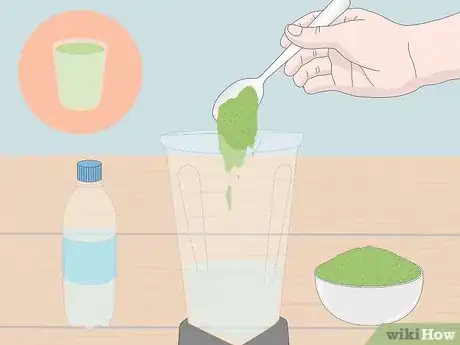
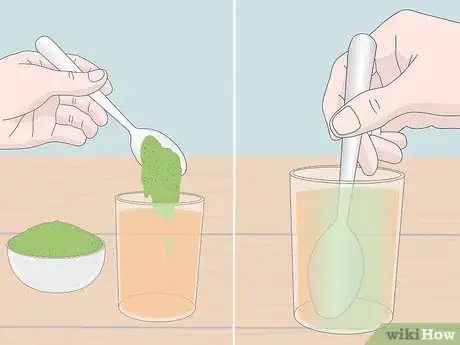
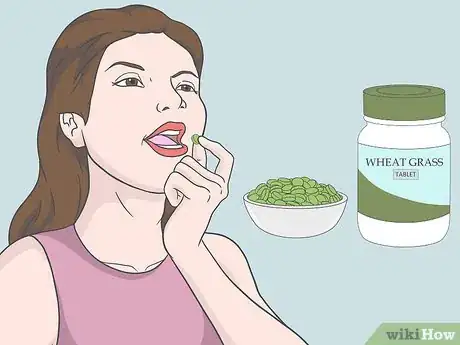
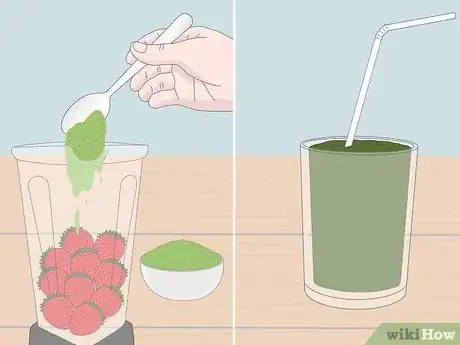
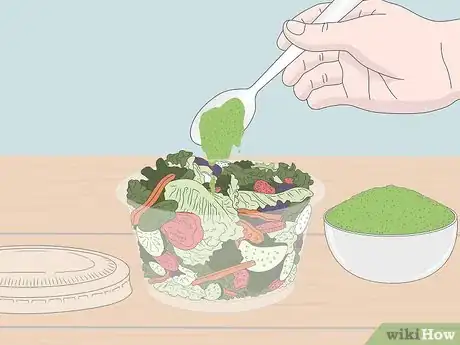
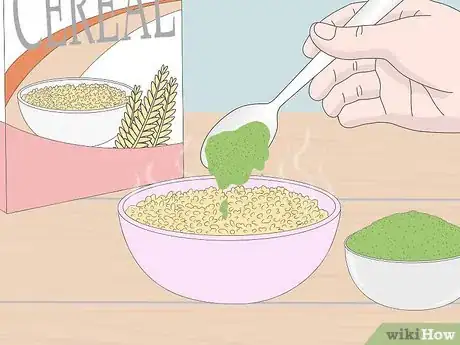
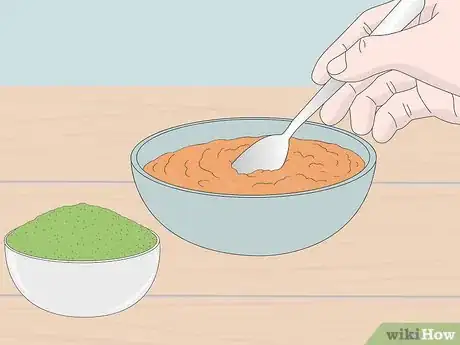
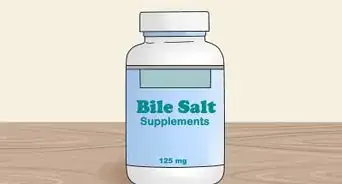
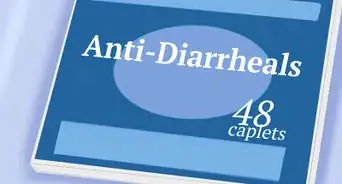
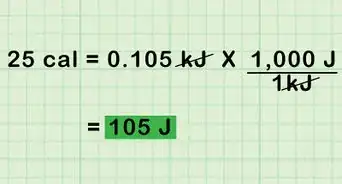

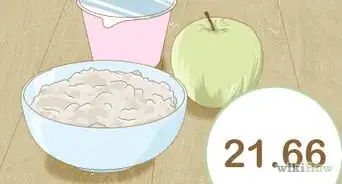

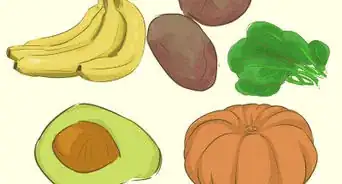





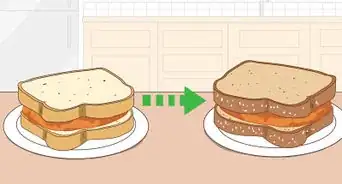






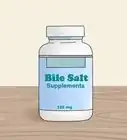
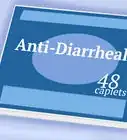
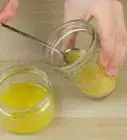
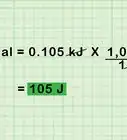



































Medical Disclaimer
The content of this article is not intended to be a substitute for professional medical advice, examination, diagnosis, or treatment. You should always contact your doctor or other qualified healthcare professional before starting, changing, or stopping any kind of health treatment.
Read More...